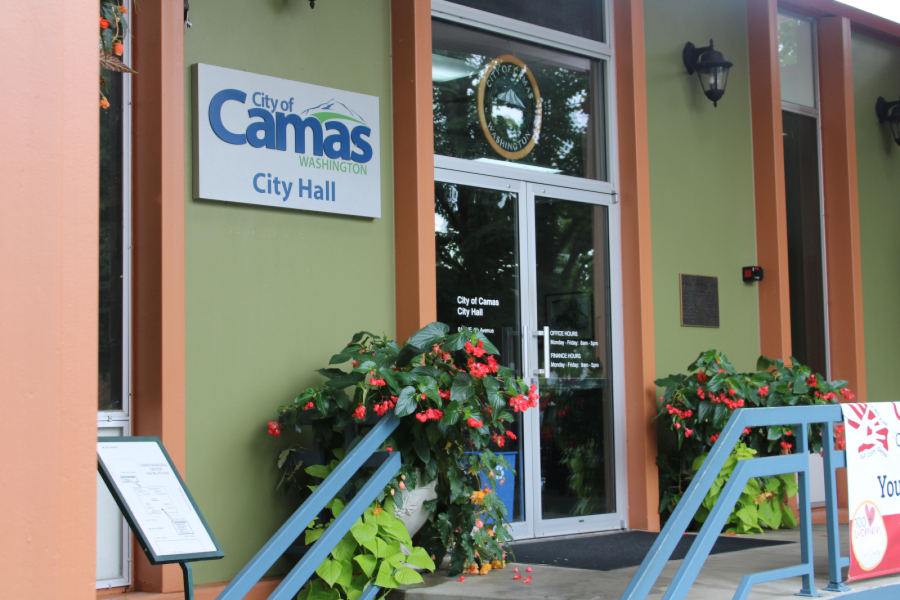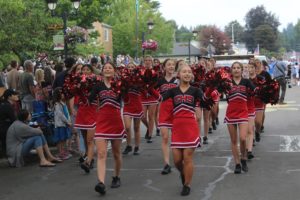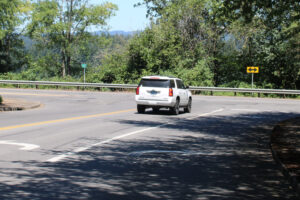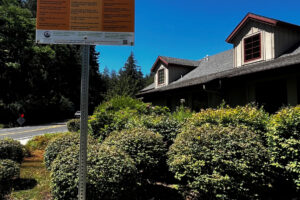The city of Camas has determined the proposed Camas Meadows Hole 9 mixed-use development, which proposes building 77 detached and attached single-family homes as well as a 6,600-square-foot commercial building off Northwest Camas Meadows Drive, will not require an environmental impact statement.
The city published its “determination of non-significance” (DNS), meaning the development would “not have a probable significant adverse impact on the environment” on June 15.
The city will collect comments about the proposed DNS decision through Thursday, June 29.
The applicant, Kess Romano of the Vancouver-based Romano Development, Inc., has proposed subdividing the 13.81-acre parcel located on the north side of Northwest Camas Meadows Drive, southeast of the road’s intersection with Northeast Goodwin Road, into 77 single-family lots and one commercial lot. The proposal includes covering about 64% of the site with “impervious surfaces … including homes, buildings, driveways, streets, parking spaces and landscaping features such as patios and walkways.” The applicant has stated that they will prepare and implement stormwater and erosion-control plans and take other measures to reduce the site’s erosion, including “minimizing disturbance of soils outside of the construction area; retaining existing vegetation to the maximum extent possible; installing sediment fencing on the downhill side of construction; covering soil stockpiles when not in use; and applying temporary and permanent vegetative cover as soon as possible.”
The applicant has said that, “according to the Clark County GIS MapsOnline, (there are) no mapped wetlands, streams or ponds on the project site” but is a 500-foot pond “north of the subject’s site’s northern boundary.” The site does not lie within a 100-year floodplain and will not require any surface water withdrawals or diversions, according to the city’s DNS report.
The site does include evergreen trees, shrubs, grasses, Himalayan blackberries and deciduous trees, including alders, maples, aspens and Oregon white oaks.




